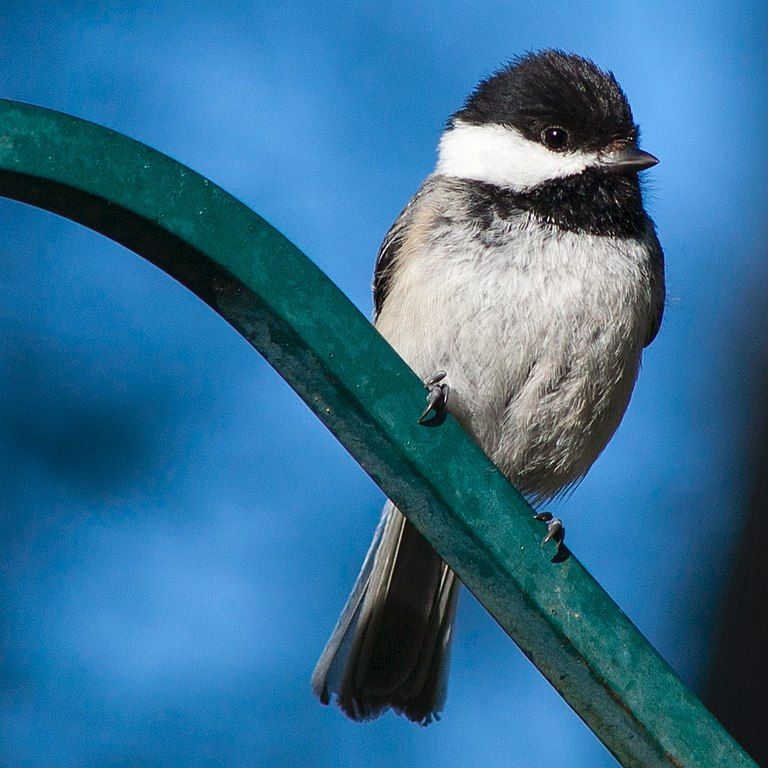
Like eastern bluebirds and tree swallows, black-capped and Carolina chickadees are cavity nesters. They place their tiny nests inside woodpecker holes, birdhouses, or in cavities that they excavate on their own.
It takes a week or more for a chickadee pair to make their own nest hole so a suitable birdhouse is a great find for them. Do you have a birdhouse in your yard? Chickadees might have chosen it.
On Throw Back Thursday, here’s what to expect at the Chickadee Nest.
(photo from Wikimedia Commons; click on the caption to see the original)
While nest boxes are really nice for watching the activities of cavity nesting birds, they can lead to some disturbing experiences. I had two bluebird boxes given to me and I mounted them on trees adjacent to the woods behind our house. I immediately had titmice move into one and they had eggs. Then the house wrens arrived. Shortly after, I saw the titmouse looking into the box, but not entering. It would fly a short distance and come back, examining the inside again and again. Later, I found all of the eggs on the ground, broken. House wrens will claim multiple cavities and start preparing nests for the female to choose which one she likes best. The titmice never returned. The wrens nested in a different box, but a Black Rat Snake ate their eggs. I took down my boxes and gave them to some landowners who allowed me to search their land for breeding birds. They have had Tree Swallows and Eastern Bluebirds use them.
Jim, it sounds harrowing! I, too, would have removed those nest boxes. Sometimes they are biological sinks